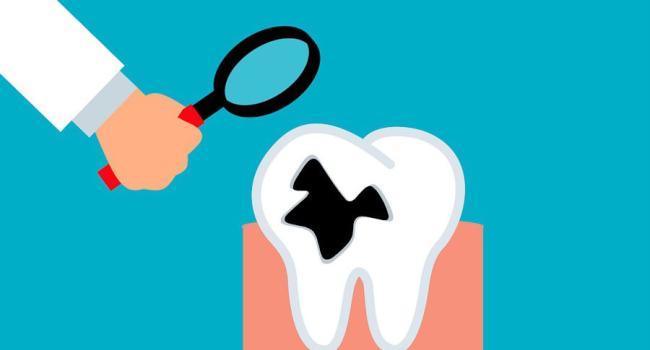Recent research has provided comprehensive insight into the development and function of ameloblasts in enamel formation.

Mouse models have played an important role in the study of dental development; however, significant differences in tooth shape, number of cusps, and timing and sequence of molar development between mice and humans require greater understanding to develop effective treatments for dental disease. In an effort to advance research in the field of enamel regeneration, a recent study examined the regulatory mechanisms of ameloblasts, specifically how they develop and function. The knowledge gained has implications both for understanding conditions affecting enamel and for the potential development of regenerative approaches to dental health.
“This is an important first step toward our long-term goal of developing stem cell-based treatments to repair damaged teeth and regenerate lost ones,” said co-author Dr. Hai Zhang, professor of restorative dentistry at the University of Washington School of Dentistry in Seattle. .
Using a single-cell-level approach to studying dental development applied to cells at different stages of human dental development, the researchers were able to document patterns of gene activation at each stage. They then used a computer program to plot the likely trajectory of gene activity that occurs as undifferentiated stem cells develop into fully differentiated ameloblasts, and used the program to induce human stem cells to develop into ameloblasts by exposing them to chemical signals that activated various genes. according to this sequence.
“The computer program predicts the roadmap, path and blueprint needed to create ameloblasts,” says senior author Dr. Hannele Ruohola-Baker, associate professor of oral health sciences at the University of California School of Dentistry and associate director of the Medical Institute for Stem Cell and Regenerative Medicine. University of California.
During the course of the project, the scientists also identified another cell type, the subodontoblast, which they believe is the progenitor of odontoblasts. They found that these cell types can be induced to form organelles, which then organize into structures similar to those seen in developing human teeth and secrete three major enamel proteins, namely ameloblastin, amelogenin and enamelin. Once the matrix is formed, the mineralization process can begin.
Researchers now hope to create enamel that is as strong as natural teeth and develop ways to use it to repair damaged teeth. The ultimate goal is to use stem cells to create teeth that could completely replace lost teeth.
“We would like to be able to replace many organs, such as the human pancreas, kidneys and brain – which are large and complex. It will take time to regenerate them safely from stem cells,” Dr Ruohola-Baker said. “Teeth, on the other hand, are much smaller and less complex. It would seem that this is something that does not require much effort. However, it is the restoration of teeth that may require more time before we can do this. Now, at least, we see ways to achieve this goal,” she added.
“Perhaps the “age of living fillings” and regenerative dentistry in general has finally arrived,” she concluded.
